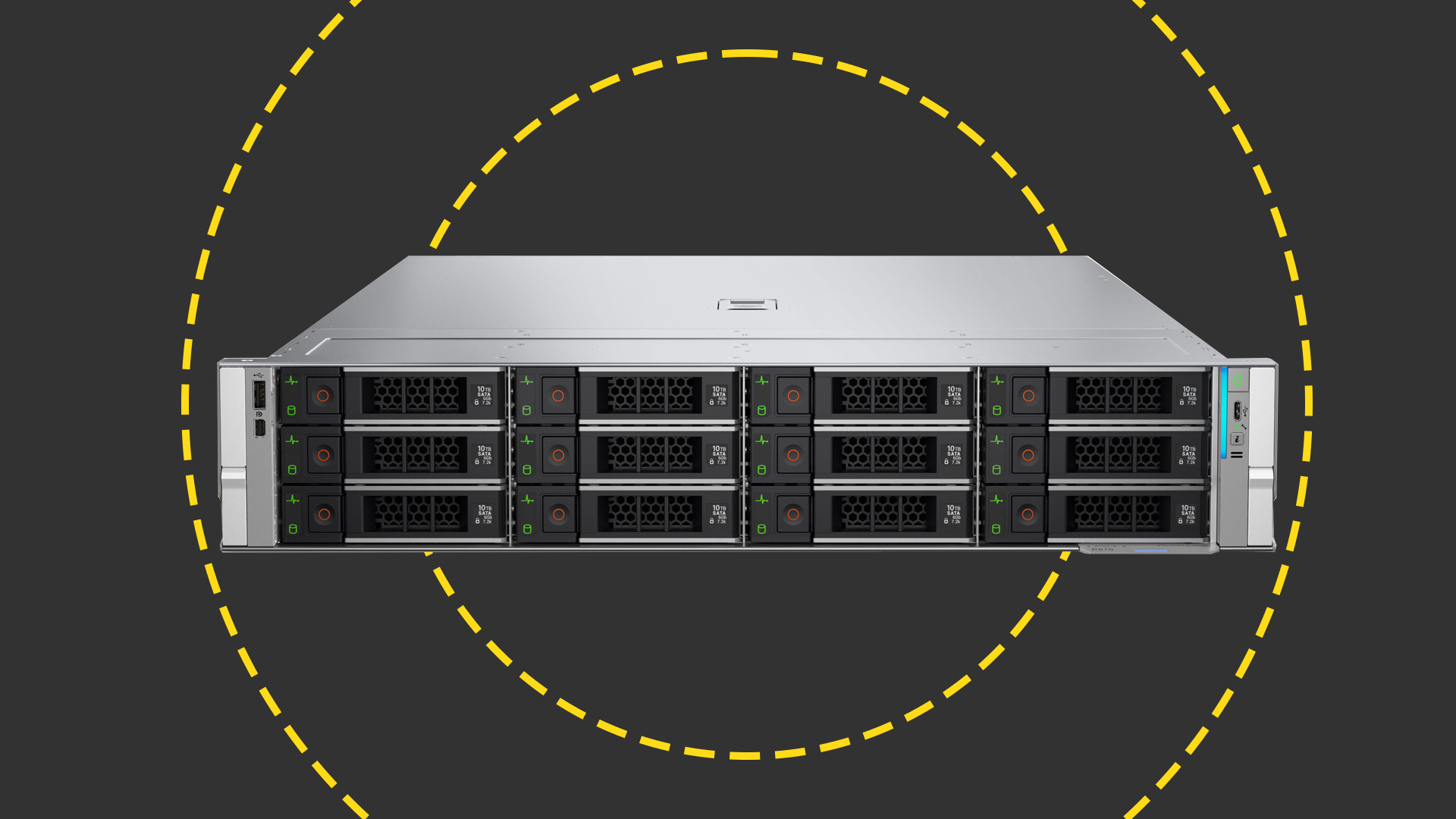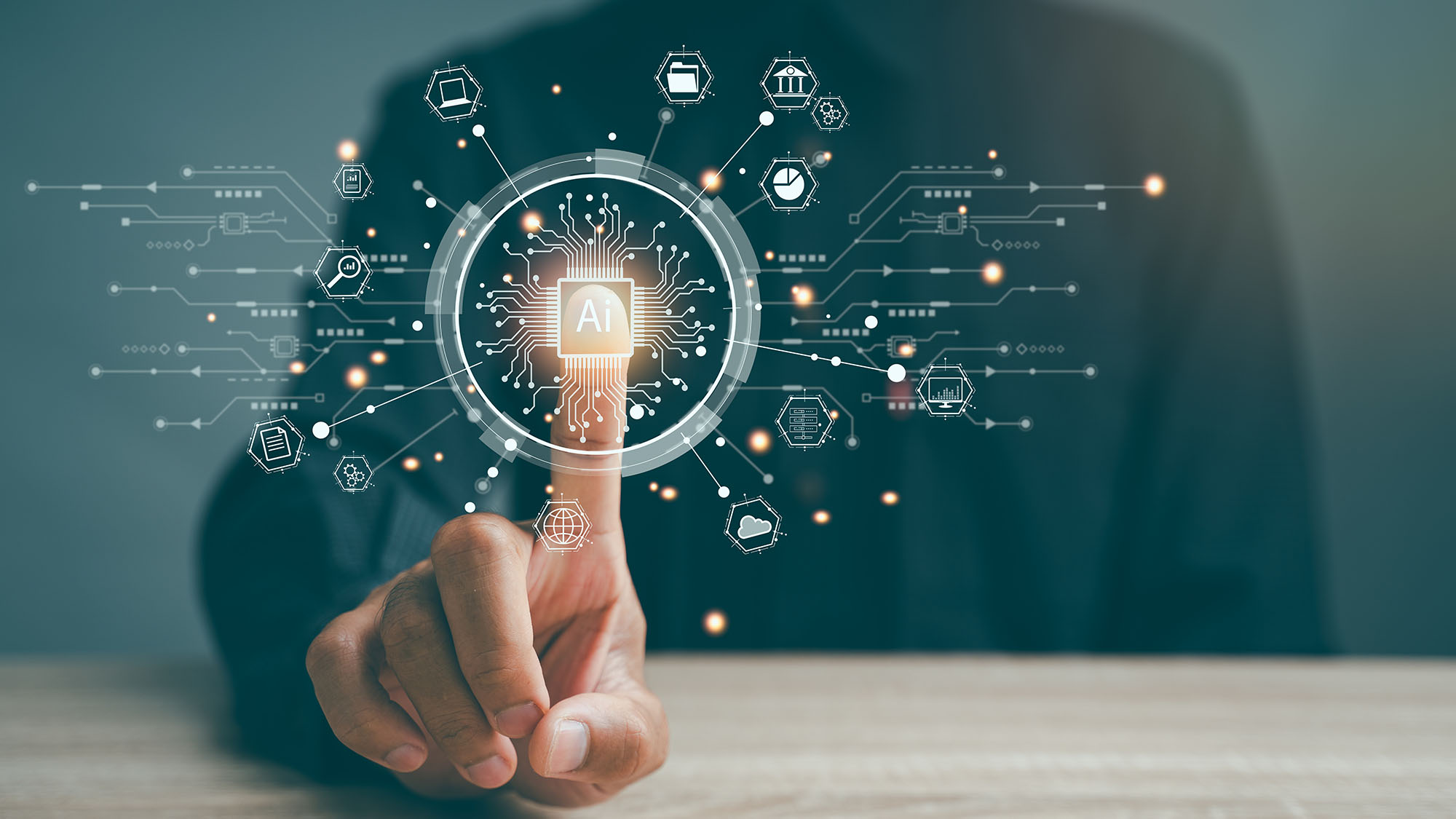Which industries are leading the charge when it comes to AI innovation?
From healthcare to finance, industries are not only adopting AI solutions but driving innovation in how the technology can produce tangible benefits for end users


AI has rapidly reshaped the business landscape, and as the technology is continually improved it continues to push new boundaries in enterprise productivity.
Research shows one of the latest developments in the AI space, generative AI, has sparked a groundswell of attention from enterprises, who have ramped up their use of generative AI over the last year.
McKinsey’s State of AI in Early 2024 report found that 65% of respondents reported their organization was already regularly using generative AI - nearly double the figure recorded in 2023.
"Organizations are already seeing material benefits from gen AI use, reporting both cost decreases and revenue jumps in the business units deploying the technology." according to McKinsey.
"The survey also provides insights into the kinds of risks presented by gen AI — most notably, inaccuracy — as well as the emerging practices of top performers to mitigate those challenges and capture value.
The report found AI adoption had somewhat stagnated up until this point, sitting around 50% for the past six years, but in 2024 things jumped to 72% of organizations, who said they now use AI, generative or otherwise, for at least one business function.
But which industries are driving this innovation in AI? Here’s a breakdown of how different verticals are implementing various forms of AI in intelligent ways to improve their business and drive value.
Get the ITPro daily newsletter
Sign up today and you will receive a free copy of our Future Focus 2025 report - the leading guidance on AI, cybersecurity and other IT challenges as per 700+ senior executives
Technology sector leads the way
The technology sector has led the global industry in adopting AI to enhance its productivity, reliability, and efficiency. Over half (54%) of the respondents working at technology businesses told McKinsey they regularly use generative AI tools in their work.
Tech firms have understandably been among the most forward-thinking companies when it comes to innovating with AI. Using their preexisting knowledge base and talent pool, they have leveraged AI in almost every aspect of the industry to drive new efficiencies.
For example, cybersecurity continues to benefit from AI-enhanced threat detection. Organizations can use the predictive power of machine learning algorithms to analyze user behavior and network traffic and establish a baseline for normal activity. The model can then detect anomalies and determine whether they are likely to be a malicious attack, flagging them to the SOC as required.
Software development is another area of the sector that has seen continuous innovation using AI. Code generation tools suggest code snippets and complete entire lines of code to significantly increase their velocity.
AI is used by developers to automate bug detection, analyzing thousands of lines of code in seconds, identifying bugs, and suggesting potential fixes.
Programmers often complain about the documentation stage of the development process, explaining how their code works, which they say bogs them down and hurts productivity.
Generative AI and large language models are used to help streamline this process and automate the documentation process, streamlining what was traditionally a time-consuming process that kept them away from the real work of writing code.
A recent study conducted by GitHub found that 97% of a sample of 2,000 software developers from the US, Brazil, Germany, and India, reported having used g AI coding tools at work at some stage. This indicates the sheer speed at which AI has been taken up in the software development sphere, and the tech sector more broadly.
Minimizing risk with AI
Financial services is another industry that has driven AI innovation in recent years. According to McKinsey’s survey, just over a quarter (26%) of respondents working in the sector stated they regularly use generative AI tools at work.
The vertical has produced a number of innovative AI systems to cater to their industry-specific needs, including fraud detection, using AI models to analyze transaction patterns, and identifying and stopping potentially fraudulent activities in real time.
AI is also used to minimize a company’s potential exposure, assess credit risk and predict market fluctuations to help organizations make informed investment decisions.
These systems can also actually execute trades based on market trends, with algorithmic trading. Robo-advisors are another example of AI-enhanced fintech, which are automated financial advisors that use ML algorithms to provide wealth management services without any human guidance.
Virtual health assistants streamline healthcare outcomes
Although slower to adopt AI technologies than the technology sector, healthcare has seen some of the most transformative innovations in AI technologies. For example, in the field of medical imaging, retrieval augmented generation (RAG) models are used to help radiologists identify abnormalities in tissue scans faster and with greater accuracy. This saved time could be the difference between life or death in the case of spotting cancerous tumors.
In addition, AI models’ predictive abilities can analyze patient data on a huge scale and help predict disease outbreaks or similar public health crises. AI can also leverage big data to help with the ideation and development of new drugs, allowing for a faster and cheaper pharmaceutical industry.
LLM-powered chatbots can act as virtual health assistants, providing patient support and answering basic health queries, as well as scheduling appointments. These systems help in-demand medical personnel direct their attention where it is most needed while helping those without easy access to a medical facility the opportunity to get basic medical advice.
Just under one-third (31%) of respondents operating in the medical, pharmaceutical, and medical products industry reported they use AI regularly in their workplace, and as governance controls become more robust, you can expect to see an increasing number of medical institutions adopting AI to help their organizations.
Customer service transformed by generative AI
Finally, the retail sector has also seen strong adoption of the latest AI technologies, with 33% of retail workers stating they regularly use generative AI tools in their organization.
Customer service has been revolutionized by the use of the natural language processing capabilities of LLM-powered chatbots. The integration of generative AI into customer service chatbots means customers can send queries to an AI agent and instantly receive support and relevant recommendations in a digestible format.
The analytical power of AI also has a number of applications in the retail sector, to drive down costs and enhance services. Retail companies have used predictive AI systems to forecast demand and optimize their stock levels accordingly, reducing wastage.
AI can also analyze customer behavior data to suggest products tailored to the individual’s preferences, improving sales outcomes and helping customers save time.
It’s clear then, that AI is already positively impacting a range of industries and with use cases growing by the day, we’re likely to see even more opportunities in other sectors in the future.

Solomon Klappholz is a former staff writer for ITPro and ChannelPro. He has experience writing about the technologies that facilitate industrial manufacturing, which led to him developing a particular interest in cybersecurity, IT regulation, industrial infrastructure applications, and machine learning.
-
 Canon names Guido Jacobs as new managing director for UK&I
Canon names Guido Jacobs as new managing director for UK&INews Canon UK & Ireland has officially announced the appointment of brand veteran Guido Jacobs as its new managing director, having assumed the role from April 1.
By Daniel Todd Published
-
 Dell PowerEdge R570 review
Dell PowerEdge R570 reviewReviews With its impressive Xeon 6-core count and big storage features, the PowerEdge R570 is a cost-effective and energy-efficient alternative to expensive 2P rack servers
By Dave Mitchell Published
-
 Does AI level the playing field for small businesses?
Does AI level the playing field for small businesses?Supported Content The odds have always been stacked against smaller businesses, but with AI now so accessible, and affordable, the gains are there to be had
By Bobby Hellard Published
-
 What does a smart campus look like and how far away is it from being a reality?
What does a smart campus look like and how far away is it from being a reality?Supported Content Smart campuses are a growing trend as our educational institutions try to modernize their infrastructure and processes for the modern age
By Keumars Afifi-Sabet Published
-
 How AI and digital transformation are game changers for the finance industry
How AI and digital transformation are game changers for the finance industrySupported Content Advances in generative AI technology are enabling financial services institutions to unlock marked efficiency benefits
By Ross Kelly Last updated
-
 What role will the cloud play in the AI era?
What role will the cloud play in the AI era?Supported Content For most businesses, cloud technology will be essential for leveraging AI without making huge investments
By George Fitzmaurice Published
-
 How AI innovation is driving educational excellence
How AI innovation is driving educational excellenceSupported Content Generative AI is helping students learn and educators teach, and the classroom of today is shaping the future of work
By Bobby Hellard Published
-
 What does a data center look like in the AI era?
What does a data center look like in the AI era?Supported Content The AI boom has necessitated major changes in the architecture of data centers, take a look at how AI data centers differ from traditional cloud infrastructure, and the key features required to handle complex, energy-intensive AI workloads
By Solomon Klappholz Published
-
 What role will partners play in realizing our collective AI dreams?
What role will partners play in realizing our collective AI dreams?Supported Content When venturing into unknown territory, you should seek to partner up with organizations that can share in your vision and help you implement AI faster
By Keumars Afifi-Sabet Published
-
 Dr. AI: How will artificial intelligence and other emerging technologies make for a better healthcare experience?
Dr. AI: How will artificial intelligence and other emerging technologies make for a better healthcare experience?Supported Content With the right safeguards in place, AI can help healthcare professionals make new discoveries or free themselves up to spend more time with patients
By Rory Bathgate Published